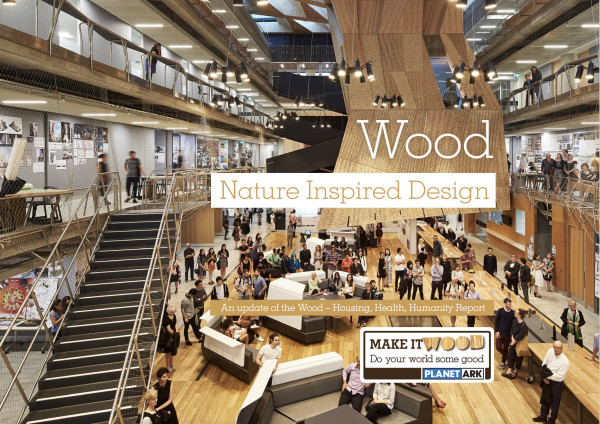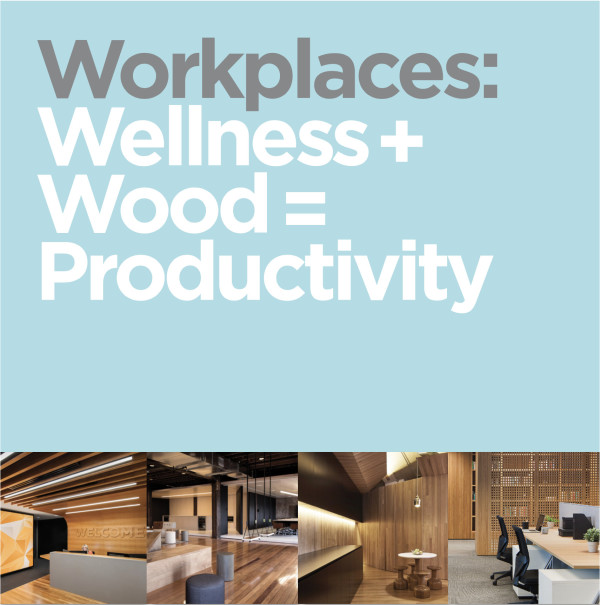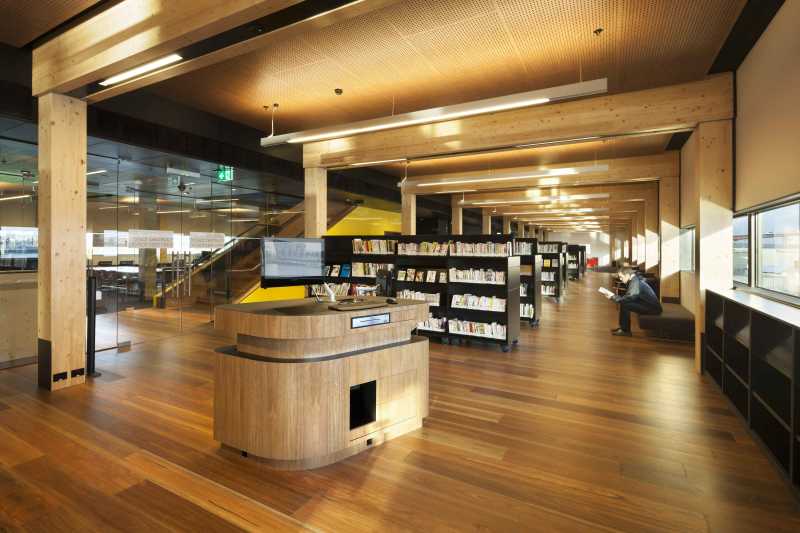Wood - Nature Inspired Design
The use of wood in the interior of a building has clear physiological and psychological benefits that mimic the effect of spending time outside in nature. The feelings of natural warmth and comfort that wood elicits in people has the effect of lowering blood pressure and heart rates, reducing stress and anxiety, increasing positive social interactions and improving corporate image.
These benefits are particularly important for environments where it is difficult to incorporate nature indoors, such as hospitals, where strict health and safety guidelines may prevent the presence of plants, and office environments where views from the window are of roads and neighbouring concrete buildings.





